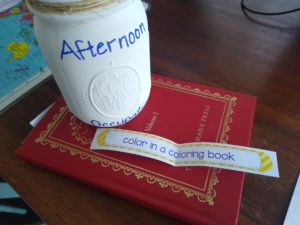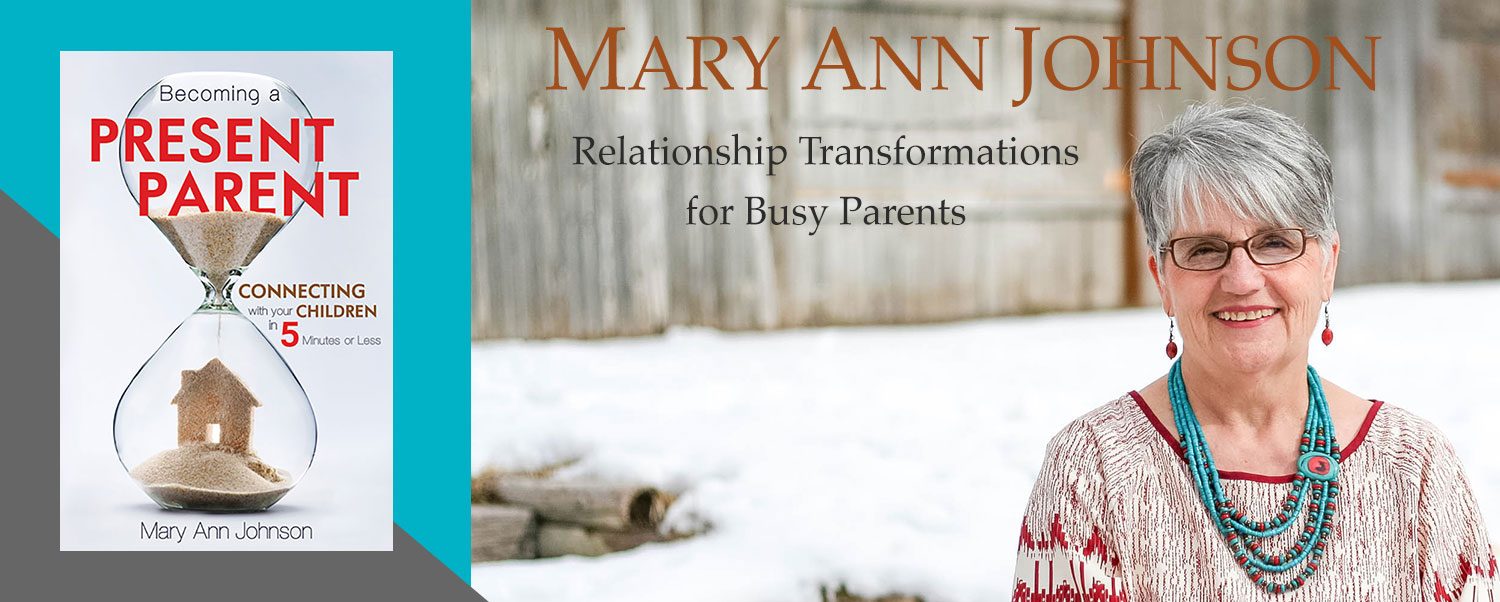 A friend has been talking with me about her efforts to organize her family and teach her sons. We’ve had conversations, each ending with something to ponder. The goal is to come up with an experiment.
A friend has been talking with me about her efforts to organize her family and teach her sons. We’ve had conversations, each ending with something to ponder. The goal is to come up with an experiment.
Something weighing heavily on her mind was how to find the time to expose her sons to different hobbies and occupations. She is a mom who works full time from home, helping a small hospital. Since the pandemic, her workload has increased from 30 hours a week to sometimes 80. It won’t be forever, but for now, it is a load.
Trying to find the time to engage with her boys isn’t the only reason she’s concerned about showing them the world of possibilities. She is a true-crime buff. She told me that she has seen a pattern emerge over the years. Many of these crimes happen in small towns and other out of the way places. The perpetrators all say they were bored and didn’t have anything to do, and they were drinking. WHAT!
No Matter Where You Live There Are Things to Learn and Do
That is the question she has been asking herself. No matter where you live, there are things to learn and do – go fishing, learn the names of trees and plants, learn to roller skate, collect rocks and minerals, start a group for kids to teach them a skill, read to others in a nursing home, etc.
Even in small towns, the list could be endless. So, what is the problem? My friend has concluded, after watching these shows for years, that often the perpetrators don’t know they have options, they didn’t learn to explore possibilities.
One of the things she wants to do as a parent is to expose her sons to lots of new and exciting things. How to consistently do that is the problem. We talked about many options, and she pondered them, and yes, came up with an experiment. The system she developed was brilliant, and it may be just what you need too.
Afternoon Occupations
She got a jar, painted it, and labeled it ‘Afternoon Occupations.’ It’s filled with popsicle sticks that mom marked with activities that the boys can do themselves. That is important because these afternoon occupations take place while she’s working.
Here is how it works. The boys choose a stick and engage in the activity. They only get to choose one stick, and then they must give it a good college try, even if they think they don’t like it. After a good attempt, they are free to play with something else that they want. The goal is to help them learn how to fill and manage their time with good things and do it independently.
Mom has put things the boys will need on two shelves of a bookcase. If it isn’t there, then it is in a place the boys can access. Legos are on the Lego table, and the puzzles have a home.
Sample Occupations
Here are some of the items written on the sticks –
• Simple crafts
• Music
• Playdough
• Make a card
• Water play
• Audiobook
• Stretching and other simple exercises
• Draw on the sidewalk
• Make an obstacle course
• Watercolors
• Origami
• Puzzles
As the days go by, she plans to pay attention to which sticks are winners and which aren’t as successful. She will remove the unsuccessful activities and add new sticks as she comes up with new ideas. She is figuring out what they genuinely do themselves and what will take more help. It is a process of winnowing out.
When you’re busy, it isn’t always enough to say, “Go play.” Giving kids a jumping-off point can be immensely helpful. And remember, the goal is not to keep the kids out of your hair while you do whatever your project or work is, it’s to help them learn to fill and manage their time independently.
You never know when one of the sticks could become a hobby that they can do alone for an hour or two on the weekend!

